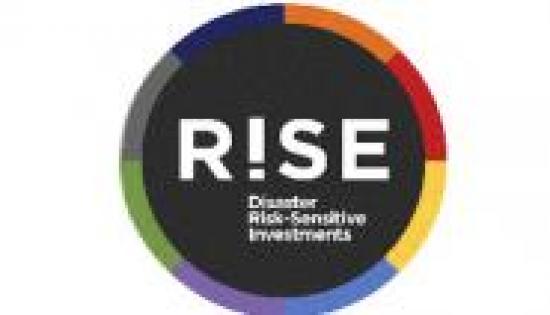Bangkok, 24 June 2014 – Ministers and top government officials from 22 countries in Asia Pacific today identified strengthening local governance and community capacity as the key elements for a successful post-2015 framework for disaster risk reduction. The Permanent Secretary of the Ministry of Foreign Affairs of the Kingdom of Thailand H.E. Sihasak Phuangketkeow, who chaired the Ministers’ Dialogue at the Sixth Asian Ministerial Conference on Disaster Risk Reduction, said the high-level discussion reinforced the need for a “whole of society approach” that starts from community level. “To adopt a whole-of-society approach, political will must come from the very top and this has to recognize that everything starts from the local level,” H.E. Phuangketkeow said. A series of interventions from his ministerial colleagues emphasized how such an approach would build on: better risk information; the need to protect critical infrastructure; better early warning systems; more inclusion in disaster risk policy and planning; stronger public-private partnerships; and respect for traditional community knowledge. The Ministerial Roundtable, titled “Most Vulnerable or Most Resilient: The Future of Disaster Risk Reduction in Asia Pacific”, synthesized the region’s political priorities that will shape input to the Third UN World Conference on Disaster Risk Reduction in Sendai, Japan, in March 2015, which will adopt a successor framework to the current Hyogo Framework for Action. China’s Minister of Civil Affairs H.E. Li Liguo said his country would continue to strengthen local resilience with increased cooperation on early warning, flood monitoring, and emergency response, to better anticipate and prevent risk. He also signaled China’s commitment to stronger regional cooperation on disaster risk reduction. Director General of the Afghanistan National Disaster Management Authority (ANDMA), Dr Mohammad Daim Karkar, said for his country local disaster resilience started with their eight million schoolchildren. “We need to get disaster management into the school curriculum and get the message across to all those children and in particular their mothers so that these vulnerable groups are safer,” Dr Karkar said. Deputy Minister of Indonesian National Disaster Management Authority H.E. Dody Ruswandi said the power of local knowledge and wisdom was the key to strengthening resilience. “The vast reservoir of local wisdom cannot be under-estimated in ensuring communities cope with future hazards. Look at such examples of traditional knowledge that built earthquake-resistant wooden structures and used wood sirens to alert on disasters,” H.E. Ruswandi said. Sri Lanka’s Minister of Disaster Management H.E. Mahinda Amaraweera and Brunei’s Minister of Home Affairs H.E. Pehin Dato Haji Badaruddin Othman both identified the importance of the private sector forging vibrant partnerships with local and national government. Australia’s First Assistant Secretary of the Attorney-General’s Department Mr Michael Rothery said a shared approach to community level risk information between science, insurance and governance would “provide a rich source of information on which to inform future public investment policy”. Meanwhile, the Minister of Defence and National Security for the Maldives, H.E. Mohamed Nazim, said his country prioritized the local level “having its own disaster management plans and units”. UNISDR Parliamentary Global Champion and Bangladesh MP Saber Hossain Chowdhury opened the Roundtable by urging the ministers to seize the opportunity to build more resilient communities and nations: “We don’t have the luxury of a second serve as in tennis.” Special Representative of the UN Secretary-General for Disaster Risk Reduction, Ms Margareta Wahlström, who sat in on the discussions said the priorities identified by the ministers would help shape the Post-2015 Framework for Disaster Risk Reduction.









